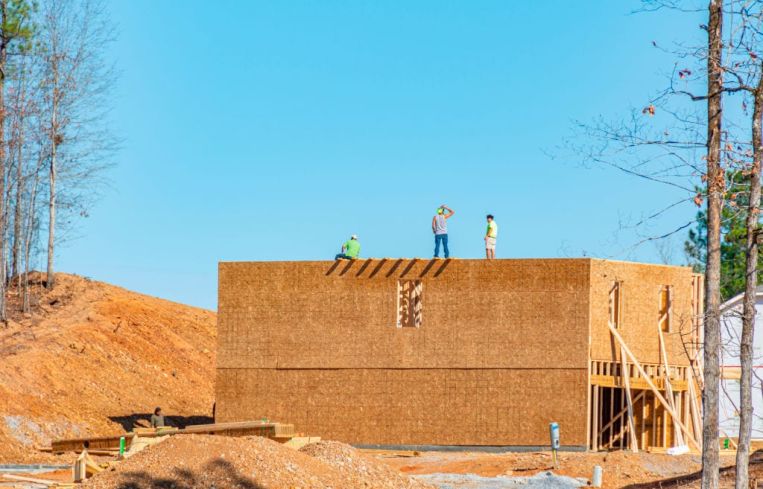US Housing Market Short 3.8M Single-Family Homes As Demand Surges
By Celia Young April 16, 2021 11:37 am
reprints
The demand for houses has so outpaced supply that the U.S. market is 3.8 million single-family homes short of meeting the nation’s demand, The Wall Street Journal reported. With prices rising for entry-level homes, the housing deficit is hurting first-time buyers the most.
The nation’s home shortage rose 52 percent from 2018, according to data from mortgage-finance company Freddie Mac cited by WSJ. Median-home prices in February rose nearly 16 percent from just a year earlier, according to WSJ, making it harder for first-time buyers to enter the market and build wealth, posing a serious obstacle to economic growth.
Freddie Mac uncovered this shortage by assessing the amount of single-family homes needed to match demand from replacements of old homes, household formation and second-home purchases. It compared that assessment with the pace of construction of U.S. homes.
The story of the housing shortage stems back to the 2008 recession, when numerous builders went out of business. Shortages of developed land, labor and materials have made it difficult for builders to keep pace with the increasing demand for new homes, even though building activity has increased in the past year.
The coronavirus-caused economic downturn has also complicated the housing market, as supply-chain disruptions and permitting delays slowed construction, even as demand for homes rose as more and more people began working from home.
Despite the ongoing pandemic, both housing construction starts and completions were up in March after a fall in January and February, according to U.S. Census Bureau data released on Friday. Single-family housing starts in March rose 15.3 percent, and completions increased 5.3 percent in March from February. Privately owned housing completions were up 23.4 percent above March of last year.
The single-family rental (SFR) market has also been boosted by the housing shortage. Coupled with older millennials looking to settle down and improved technology to ease the management of rental portfolios, the market was supercharged well before the pandemic. Now, big investors are getting in on the game, as single-family rentals appear to be a more certain asset during the pandemic, Commercial Observer reported. There’s also a growing number of foreign buyers pouring billions into SFR properties.
The supply gap has fueled the build-to-rent business, where investors construct properties in suburban communities to become straight rentals. Starts for build-to-rent properties jumped 27 percent from 2019 to 2020, hitting 14,000 during the third quarter of last year, CO reported.
Builders would need to kick it into high gear to meet long-term demand for houses, to the tune of between 1.1 million and 1.2 million single-family homes per year. But that still wouldn’t be enough to shrink the existing deficit, WSJ reported.



